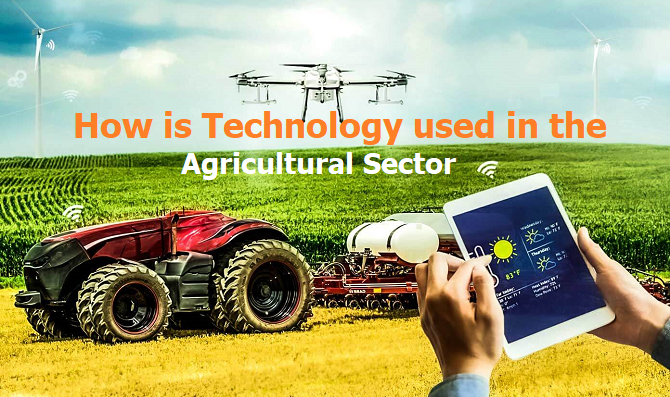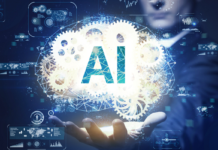
The agricultural industry forms a key part of the sustainability of the global population and contributes approximately 4% to the world’s GDP. Put simply, without the agriculture industry, the global population could not be provided for in terms of its food requirements. It is a key foundation of the global economy. Farming has taken place by humankind for over 100,000 years since early populations collected wild grains for consumption and sustenance. With the advances in technology and the modernization of farming practices, significant improvements in agricultural practice have taken place. These modern developments have allowed farming to take place on an enormous global scale, with the benefit of requiring less human labour to complete many of the tasks required. Modern agriculture uses technology to allow efficiencies of scale and ensure that food products are fit for human consumption. This article explores four key uses of technology in agriculture and food production.
In Agricultural Factories
Wheat and grains can be used to produce a wide variety of food and beverage products, from the cereals that we enjoy every morning at breakfast to beers and spirits that are drank in times of celebration or social gatherings. These raw ingredients are transformed into such final products in a range of commercial factories. One key piece of technology that is used in such factories is the utilization of instrument air dryer packages. An instrument air dryer package is a key part of food manufacture, helping with the removal of all moisture and contaminants from production processes that use farming products. This ensures that the final product is free of moisture and contamination (that could cause the food to spoil). In addition, this technology means that the machinery is fit for safe and efficient operation, without malfunctioning due to corrosion or breakages, due to excessive moisture in the pipes and components of the equipment.
Technology Advancement
In modern agriculture, farmers utilize a variety of technologies such as GPS-guided tractors, drones, and satellite imagery for precision farming, enabling them to optimize planting patterns, monitor crop health, and manage resources more effectively. Additionally, sensor-based technologies and Internet of Things (IoT) devices are employed to gather real-time data on soil conditions, weather patterns, and crop growth, providing farmers with valuable insights for informed decision-making. Extensive materials research and development in thickening agents, such as acti gel have led to soil conditioning being easier and more scalable than using clay for the same purpose. Thickeners like this are also used in order to control the water retention of soil, this is especially useful in climates where heavy rainfall can ruin a crop harvest. There are technological developments beyond the farmers field too, with advancements being made in the planning process of agriculture.
Agricultural management software simplifies tasks related to inventory, financial planning, and supply chain logistics. Implementing advanced greenhouse management software has revolutionized our agricultural practices, allowing for precise monitoring of environmental conditions, crop health, and resource utilization to optimize overall efficiency and yield.
These technological advancements not only enhance productivity but also contribute to sustainable farming practices by minimizing resource wastage and environmental impact, illustrating the pivotal role of technology in shaping the future of agriculture.
Drone Deployment
In large-scale agriculture, fields, where the crops are grown, can stretch for enormous distances. Larger agricultural operations can, therefore, cover immense areas of land, which can make the visual inspection of crops both time-consuming and difficult. A modern development has been the use and deployment of drones in agriculture to replace the need for visual inspections of the crops by human workers. Drones can be used to quickly assess the yield of many large fields far more quickly than could be done previously. In addition, they can also be utilized to act as crop sprayers when a field needs to be sprayed with pesticides, or herbicides. Drone deployment in agriculture is one of the most modern and beneficial uses of this recent technology.
Farming Machinery
Before the advent of advanced farming machinery, most of the labouring in fields was done by humans or with the assistance of animals to pull primitive ploughs and equipment. Today, large-scale farming relies on a wide variety of machinery and agricultural vehicles that allow the rapid completion of a range of processes. Sowing seeds, ploughing the land, and harvesting the crops can all be undertaken with modern tractors and harvesting vehicles. This is a key driver for large-scale commercial agriculture and allows economies of scale in farming that simply would not be possible without the technology.


















